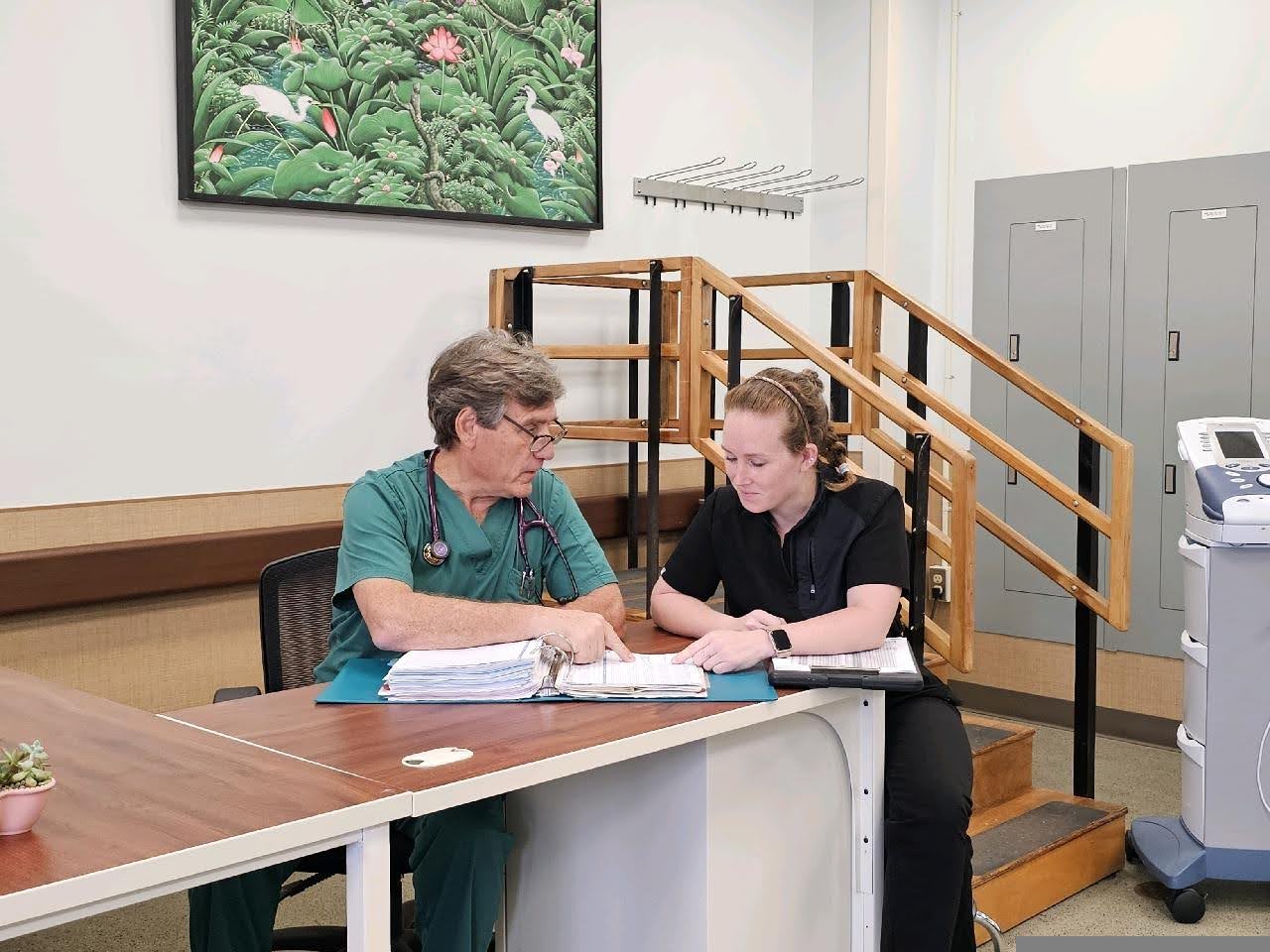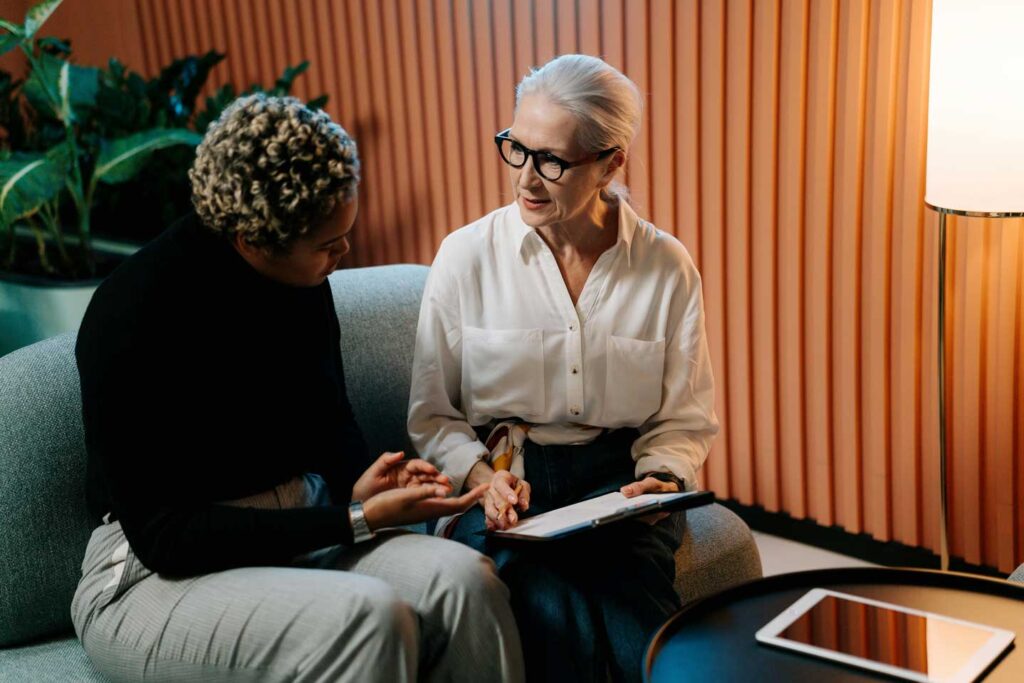By Dr. Kenneth L. Scott Jr., DO, CMD
Judith was an 80-year-old female who had come to reside in a nursing home due to multiple comorbidities and her elderly husband’s inability to care for her at home any longer. She was morbidly obese, had end-stage renal failure secondary to type 2 diabetes, and was no longer able to walk, even with assistance. She required a mechanical lift to transfer her and a wheelchair for mobility. She did have some dementia but was still able to participate in care decisions concerning herself.
Judith lived for the visits she received from her husband, and the two often talked about her eventually coming back home. These hopes were dashed, however, when her husband suddenly passed away. In addition to mourning the loss of her husband, Judith recognized that going home would no longer be an option for her. At this point, Judith lost her will to live, and her condition naturally worsened.
As we shall see, nowhere is the patient’s right to choose their own path more starkly realized than in end-of-life issues.
Significance of POLST Form
Despite treatment for depression, psychiatry consults, and visits from her son, Judith slowly failed, suffering from reduced appetite, weight loss, and an overall failure to thrive. She had executed a POLST form—which communicates a patient’s wishes as medical orders—years before. She also corroborated the fact she was to be considered a do-not-resuscitate (DNR) case, making her end-of-life treatment wishes clear.
In an effort to keep Judith comfortable, I talked repeatedly to her son about palliative care, hospice, and comfort measures. Her son, however, was reluctant to make any decision allowing hospice to help. Though he did not want a reversal of the DNR, he wished for me to try everything at my disposal and in line with her POLST to keep her going and help her turn the corner on her present course.
Despite my best efforts, Judith had made up her mind and continued to decline. Judith’s POLST was clear that she was not to be resuscitated. However, she had marked the box that allowed for rehydration with IV fluids and medications to be administered by any form, etc. She also made it clear that she was not to have artificial nutrition by tube.
Over the final month of her life, members of the nursing staff and I repeatedly communicated with her son, who had power of attorney (POA) for health care, about her condition and the futility of aggressive care, which she was not responding to anyway. He continued to be reluctant to consider hospice or palliative care and urged continued vigilance with anything we could do without giving us any added insight into the reasons driving his decisions.
DNR Doesn’t Mean “Do Nothing”
The day finally came when the nurse called to tell me that Judith was hypotensive and not responding as usual to voice or touch stimuli. I informed the nurse that we had not been given permission by the POA to be less aggressive and recommended that she place an IV and begin some fluids. I assured her that I was on my way and recommended that we immediately call her son.
Upon my arrival a few minutes later, the IV was not in place. Judith was a difficult stick, and the nurse was struggling to find a good vein. I called for help from our best nurses at placing IVs. The nurse informed me that she had already heard from the floor Judith was on and would come when she could. I explained that the patient was failing rapidly and time was of the essence. The nurse responded by saying, “Well, she’s a DNR isn’t she?” I explained that DNR did not mean “do nothing else.”
Once the IV was in and the fluids were running, Judith’s blood pressure responded nicely, and she began to awaken and talk with the staff. Her son arrived about 30 minutes later, and we walked together to her room. She acknowledged her son, and they spoke briefly. I then asked Judith if she was in pain, and she nodded “yes.” I asked her son if he would mind if I gave her some sublingual morphine to take the edge off and help her be more comfortable. He agreed, and she soon felt better.
Her son and I walked out of the room together. For the first time, he opened up about his reluctance to allow palliative care or hospice to help. He explained that his biological father had died while receiving hospice care several years ago, and he was not totally happy with how that process played out. Then, his wife became very ill in her 40s and eventually passed away while in hospice care. He felt that rather than just keeping her comfortable, her death had come sooner because of the actions of hospice. With these burdens in tow, the last thing he wanted to do was hasten the death of his mother—the most important person to him still living.
Once he was able to see her present condition and acknowledge that she was in pain, he did not want to see his mother suffer, and he was willing to allow comfort measures. She passed away later that night without pain and resting quietly. She was not on hospice, but her son was convinced that he had done the right thing for his mother and he was comfortable with her overall end-of-life journey.
Dying Patients Still Deserve Our Best Care
In the health care industry, we spend much time and effort on how humans enter the world and trying to keep them healthy during their “productive” years. Although these are important issues, it is easier, especially when feeling overworked and overwhelmed by the system, to put less effort or thought into how our patients end their time on this planet. Not only do our dying patients deserve the same intensity and detailed thought to their final days, but the family deserves and needs to know that this is being done.
Although the emotional burden of supporting a family and the patient through the dying process can feel overwhelming, when put into perspective, it is a lighter burden than the one health care workers carry when families struggle to process what happened. When processing the loss of a loved one, family members often feel alone in their grief. It is easy to second-guess decisions that were made, especially without education in the complex world of health care. If those misgivings are bolstered by feelings concerning a lack of empathy and support from the professionals caring for the deceased, distrust in the system is often fostered.
We often talk about the excessive cost to the health care industry spent on the last six months of a patient’s life, but we don’t stop to think about our approach as caregivers that could provide comfort and empathy to a family during the most difficult time of decision-making. Not being present, supportive, and involved—however heavy that load may be—leads society to lose faith in the health care industry, including making people less likely to agree to a DNR order and even less likely to sign the organ donor box on their driver’s license.
Nothing is more personal than the care delivered to loved ones when they are ill or dying. When a void in caring occurs, it is natural to think that if one were to sign the organ donor box on your driver’s license, your heart may be more important to the surgeon and his other case than saving your life.
Judith’s passing caused minimal burden to the health care industry. Yet, it could have been less by simply acknowledging the DNR status on her POLST and deciding that no IV needed to be started. After all, what is the rush when somebody who lives in a nursing home has already decided to be a DNR? She didn’t needlessly get sent to the acute care hospital to be placed on life support.
The cost of a bag of fluids and some IV tubing, although futile to her long-term survival, was minimal in the grand scheme of things. But her son’s ability to choose how her final hours were addressed, being able to talk with the doctor and nurses providing her care multiple times over the last month, and being able to talk with her one final time allowed him the peace of mind that he did not have with the previous passings of his father and his wife.
Ultimately, Judith made the decision about when her life was over. Her son, who was left to grieve yet another loss, experienced more comfort and assurance about how she departed, making his grieving process easier and, hopefully, awakening in him a little more faith in the healthcare system.





